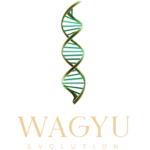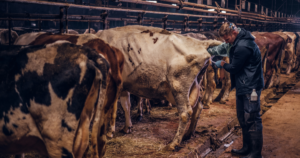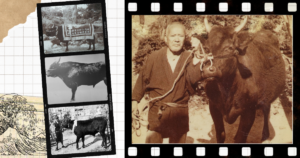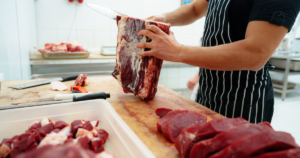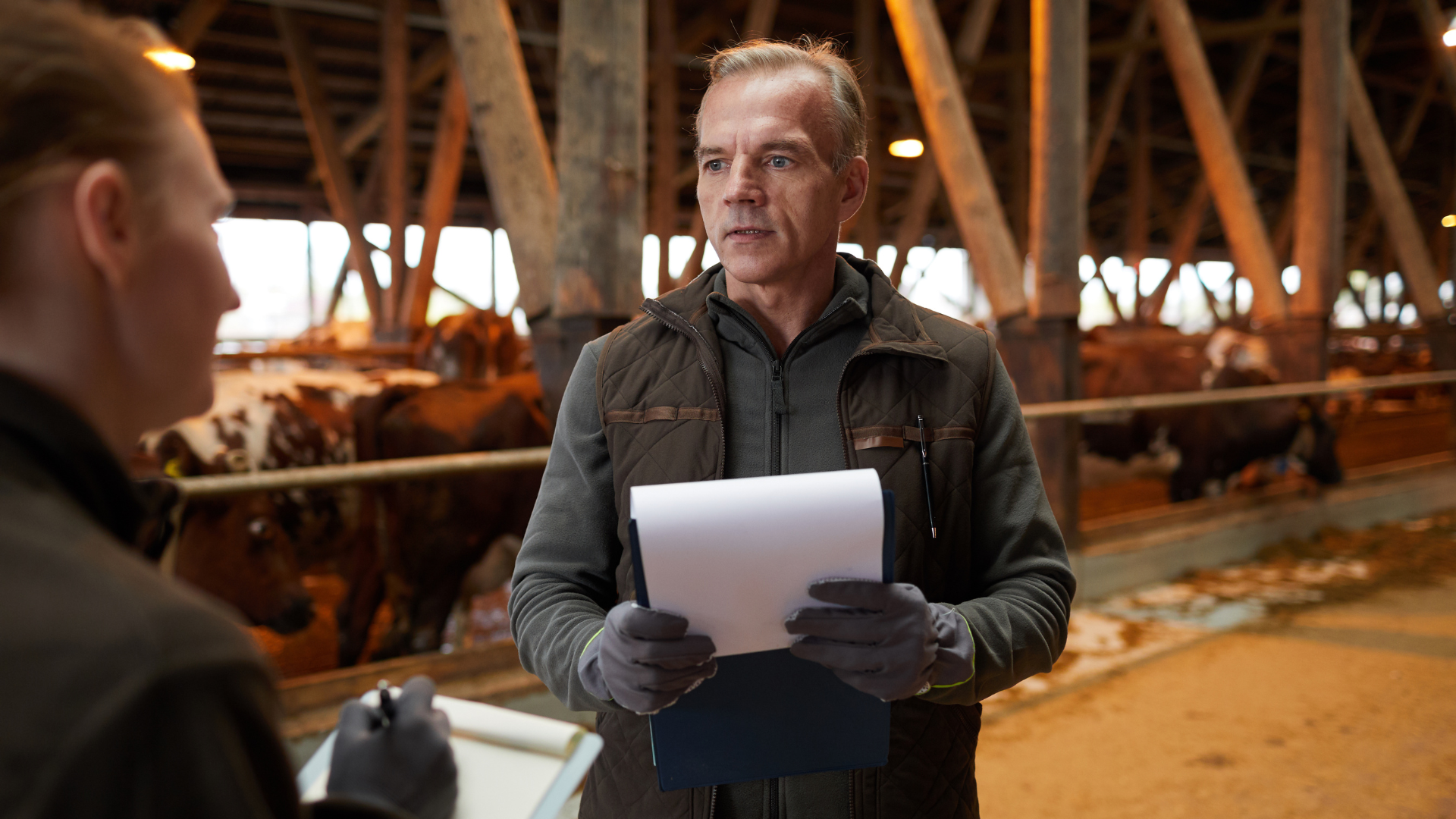
Diseases and Outbreaks Management in Livestock Farming
Table of Contents
Effective disease prevention and outbreak management are critical in livestock farming to ensure animal welfare, maintain herd health, and minimize economic losses. By implementing rigorous hygiene measures, developing actionable plans, and working closely with veterinary professionals, farms can significantly reduce the risks associated with infectious diseases and injuries.
Prevention of Diseases and Injuries
Preventing diseases and injuries in cows begins with proper daily care and management. It is essential for managers and caretakers to monitor the cows closely for any signs of illness, injury, or stress. Providing a clean and comfortable environment is crucial, which includes ensuring access to adequate bedding and maintaining dry flooring. Special attention should be given to vulnerable cows, such as those with difficulty walking or chronic conditions, and it is important to consult veterinarians promptly to address their specific needs.
Maintaining good hygiene within the cowsheds and surrounding areas significantly minimizes the risk of disease spread and injuries. Regular cleaning of floors, bedding, and lying areas is necessary to prevent the accumulation of excrement, which can lead to hoof swelling and increased stress, as well as slipping hazards. Furthermore, all areas that come into contact with the cows, including equipment and facilities, must be cleaned and disinfected to uphold sanitation standards. Periodic deep cleaning and disinfection are also vital, particularly when stalls are unoccupied, such as after cows are shipped.
Vaccination and treatment plans should be implemented under veterinary guidance, adhering to relevant laws like the Veterinarian Act. It’s important to keep animal welfare considerations at the forefront to ensure that these activities are humane.
When cows exhibit signs of illness or injury, they should be carefully separated and moved to avoid causing further harm. It is crucial that they always have access to drinking water and are fed at least once a day. Additionally, providing shade and protection from predators helps to ensure their comfort. In cases where recovery seems unlikely, decisions regarding emergency slaughter or euthanasia must be made in consultation with a veterinarian, following established guidelines such as the “Technical Guidelines for Euthanasia of Livestock on Farms.”
Biosecurity and Outbreak Prevention
Preventing pathogens, such as the foot-and-mouth disease virus, from entering the farm is crucial for maintaining animal welfare and avoiding severe economic issues. To achieve this, managers and caretakers must adhere to the “Standards for Hygiene Management,” as outlined in the Act on Prevention of Infectious Diseases in Livestock. Additionally, it is important to maintain a regularly updated “Hygiene Management Manual” to ensure that all protocols are current and effective.
To further bolster biosecurity, anyone entering or exiting the farm, including vehicles and personnel, should undergo disinfection to minimize the risk of pathogen introduction. Regular disinfection of all equipment, facilities, and surrounding areas is also essential in controlling the spread of diseases.
Moreover, attention must be given to pest and parasite control. Blood-sucking insects, such as horseflies, stable flies, and black flies, along with external parasites like ticks and lice, can transmit pathogens and negatively impact cow health. Thus, it is vital to implement measures that prevent these pests from entering the farm and to manage any infestations quickly should they occur. Additionally, controlling rodents and other pests is necessary to prevent feed contamination and structural damage, which can further exacerbate the spread of diseases.
Response to Disease Outbreaks
Early detection and diagnosis of health issues in cows is crucial for maintaining a healthy herd. Observing the animals for any abnormalities and consulting veterinarians promptly can ensure that any potential problems are diagnosed in a timely manner, allowing for appropriate action to be taken. In cases where specific symptoms are identified under the Act on Prevention of Infectious Diseases in Livestock, it is essential that farms report these findings immediately to local authorities, such as the Livestock Hygiene Service Center.
Once a health issue is identified, it is important to contain and treat affected animals effectively. This involves separating them from the rest of the herd to ensure their comfort while preventing contact with healthy cows. Treatment should be initiated under the guidance of a veterinarian; in some cases, difficult decisions regarding euthanasia or emergency slaughter may need to be considered.
Maintaining detailed records of diseases, injuries, and accidents is vital to foster continuous improvement in animal health management. This documentation helps identify trends and areas that require improvement. Furthermore, it is important to regularly review and revise hygiene and biosecurity measures based on outbreaks, ensuring that steps are taken to prevent future incidents.
References
- https://www.maff.go.jp/j/chikusan/sinko/attach/pdf/230726-9.pdf
